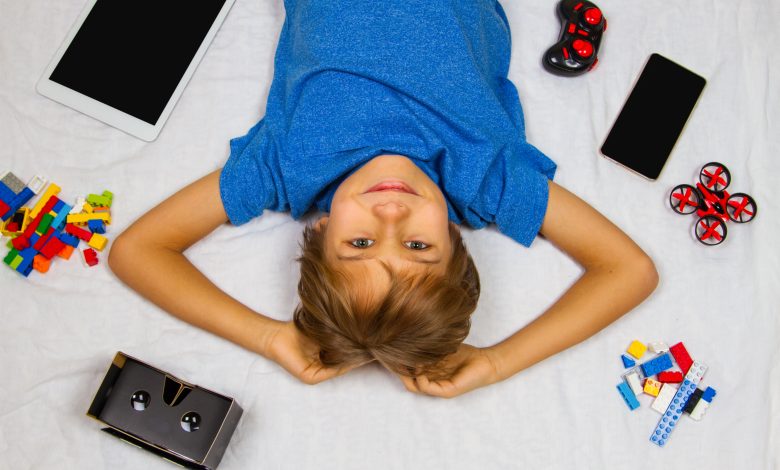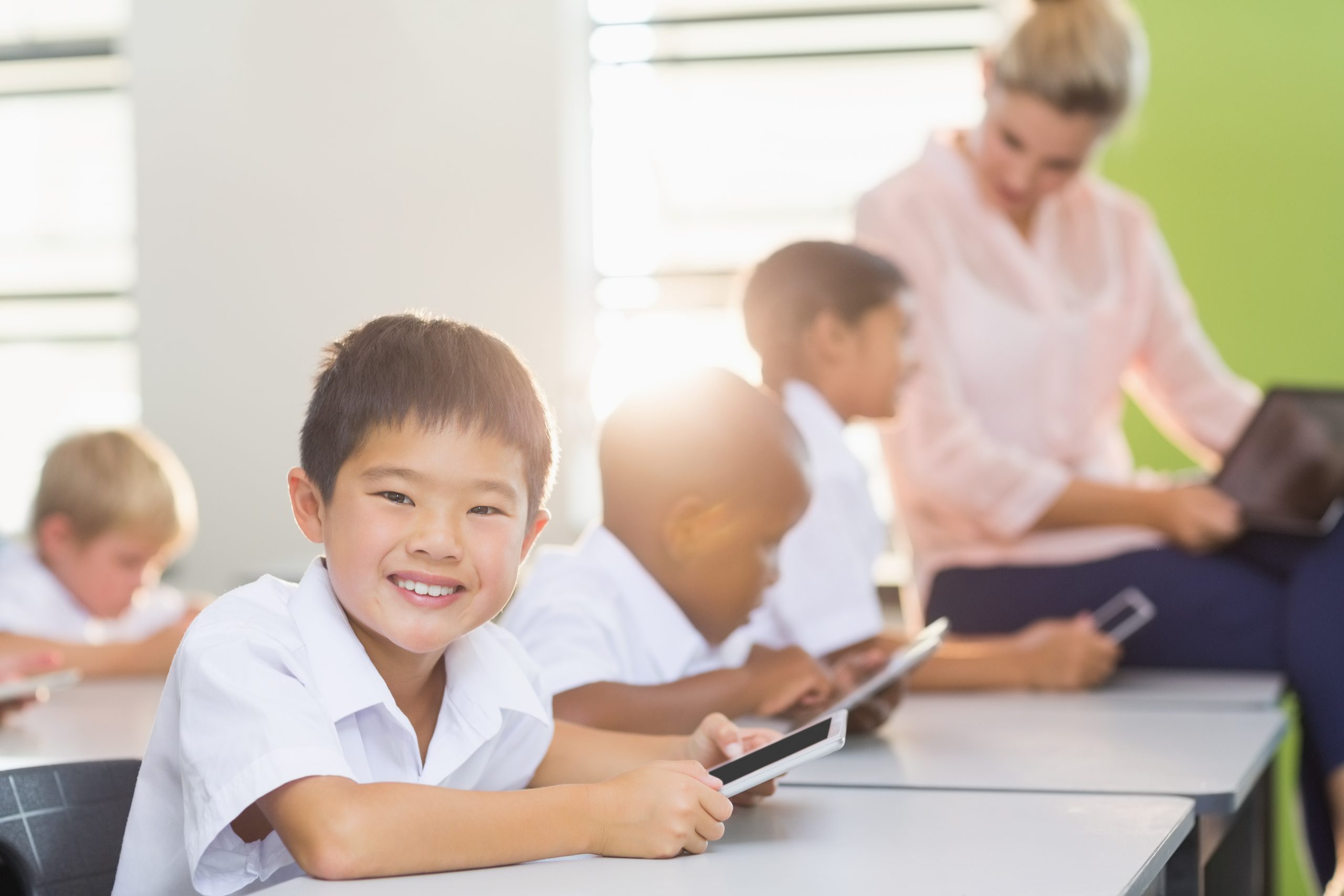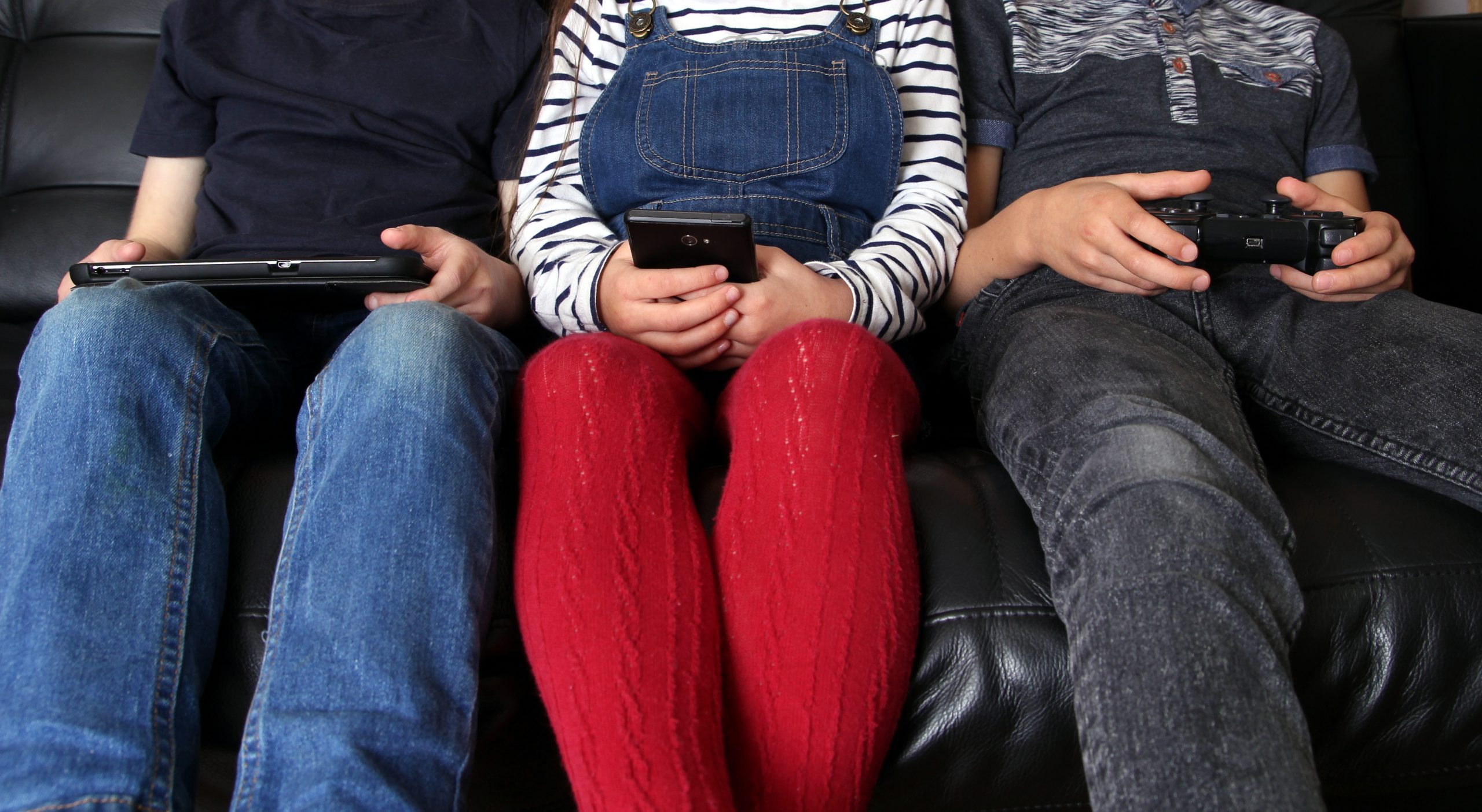OPINION: The red flags around children’s screen time shouldn’t be just about content
Yes, there is such a thing as too much screentime, say paediatric physiotherapist Julie Cullen and senior research fellow Dr Samantha Marsh.

There has been a number of articles in the media recently about kids, screens, health and wellbeing. The UK Children’s Commissioner has analysed and reported on various harms posed to children from using the internet, establishing that more must be done to improve online safety.
The US Surgeon General recently issued an advisory on the “profound” risk of harm posed to young people from social media. New studies have found structural changes in the cerebral cortex on MRI scans, associated with excessive screen use in pre-teen children, with similar changes to those seen in substance abuse. Surprisingly, none of this received much attention in New Zealand, where OECD data shows that our young people have among the highest screen use in the world, at both home and school.
Read the Term 2 edition of School News HERE
This isn’t cause for panic. Numerous factors influence children’s development and, as is often the case, there are probably some children who are more vulnerable to these risks than others. But it is cause to consider new information in the wider context of how frequent and extended screen use impacts our kids’ health. We like to say that screen time doesn’t matter any more, that’s old news: it’s what kids are doing on screens that matters. Screens are here to stay, this is just the new norm.

That is true to a point. Digital technologies are a part of life for our kids, content matters, and we do need more information on how our young people can get the best out of them for learning and leisure. But time matters too, because there are several emerging risks to health from screen use that have nothing to do with content; they depend on time spent online, or what that screen use displaces.
Those are issues like dry eye disease, which has been found to have a dose-dependent relationship with screen use in children, myopia, even physical issues like back or neck pain, RSI and headaches.

When it comes to screen use, both time and content matter.
While the evidence is not conclusive, research linking frequent screen use to risks of harm for children is growing. A recent seminar summarising this research is available at sensiblescreenuse.org.
It is especially important that we reflect on this in Aotearoa, where there is a real push for learning on digital platforms. It is not uncommon for parents of 7 and 8-year-old children to be asked to buy a personal digital device for their child to learn on (BYOD), that then goes home. This is young for BYOD by international standards.
While there are apps to manage screen use, they can be easy to get around. Young kids on screens ideally need supervision. Guidelines for recreational screen use and family media plans do exist to support families wanting help. Yet supervising and managing children’s screen use is a luxury that not everyone has the resources to provide. When it comes to educational technology, however, we can’t just focus on children’s health; we have to take a more holistic view.
Kids need to gain 21st century skills, and the potential for technology to enhance learning must be considered. But does frequent device use at school offer advantages to learning above and beyond what could be achieved with moderate balanced use?
While small-scale studies show mixed results, emerging large-scale research suggests that the reverse is true, especially for primary-school-aged children.
As well, what we might consider “frequent” in NZ may be out of step with international norms. Most studies described this subjective term as using a digital device in class for more than an hour a week, more than half an hour a day (approximately), or more than “occasional“ use.
Even learning apps, so commonly used in the New Zealand classroom, have been linked to reduced educational achievement.

A research brief by New Zealand’s scientific education adviser, Stuart McNaughton, estimates three to four hours of total screen use (home and school) is the maximum before the effects of screen time become increasingly negative for the health of school-aged tamariki and rangatahi.
This is of course a very difficult estimate to make, and considerable variation could be expected for younger children.
But we know that while the use of devices to learn varies considerably between schools, a number of children – even at primary and intermediate school – are using devices for this long as part of their school day. And that isn’t considering online homework, let alone recreational screen use.
New Zealand teens were spending an average of six hours a day (42 per week) on screens in 2018 (combined home and school use), a number that increased with the Covid-19 pandemic, with studies showing that number has remained higher.
School screen use needs to be considered as part of a child’s 24-hour-day.
We know our kids will need excellent digital skills when entering the workforce, and even just to participate in society in the future. But research also shows that this can be achieved with moderate use of digital technologies in the classroom, and frequent screen use for learning has been linked not only with reduced learning outcomes, but with reduced digital skills.

Digital skills in New Zealand year 4 and 8 students declined between 2016 and 2021, despite extensive changes to the technology curriculum and increased use of devices to learn; a finding which matches international literature.
Our primary-aged kids should certainly be exposed to the exciting field of digital technologies, computational thinking, robotics, 3D printing and more. Using the internet to search for information can support learning.
But should our young students be using tablets to learn core skills frequently in class? Do primary school children need their own personal devices, or would they best be served using shared devices for purposeful tasks, as many do internationally?
If so, do schools need more funding? Do open plan classrooms make learning on devices more necessary? What is driving NZ to move so far in this direction, when all children face a digital future?
The Danish Government, following a number of other countries, has just announced that guidelines for screen use in schools will be developed this year, limiting screen time in class due to impacts on wellbeing and learning.
For our kids to get the best out of digital technologies at school with lower risk, it’s time for New Zealand to do the same.
Julie Cullen is a paediatric physiotherapist, a postgraduate health science student at AUT, and founder of www.sensiblescreenuse.org. Dr Samantha Marsh is a senior research fellow at the University of Auckland, in the Faculty of Medical and Health Sciences, Social and Community Health.
This article was originally published in The Waikato Times and has been republished on School News NZ with the author’s permission.









